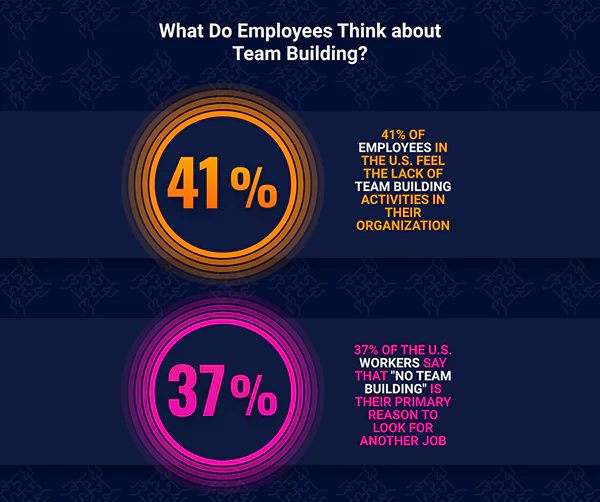5 Things to Do Before Kicking off the Next Team Project

You may be tempted to dive right in and get started, but getting the ball rolling too soon can be disastrous. Gearing up for a new project can be an exciting time. However, without a good plan in place, your project is likely to veer off track, take longer, and cause more frustration for everyone involved.
Before you’re ready to hand off the details of the next assignment to your team, you should do these five things:
- Get your files in order
- Make a plan
- Create roles and responsibilities
- Iron out communication expectations
- Share pertinent information
With that being said, this write-up will dive deeper into these points and will make you aware of the perfect blue-print of giving a kick-start to your project.
Get Your Files in Order
Whether it’s preliminary research or information, it’s a good idea to get all of your files in order. Chances are, there are quite a few files involved in your next project.
That could mean setting everything up, so your team can edit a PDF file, separating files for each member of your team, or combining preliminary research so it’s located in the same document. You can save yourself a lot of time and headaches by getting all the files everyone is going to need organized and ready to go before you have your first meeting.
Make a Project Plan
Not to mention, it’s a great way to outline expectations ahead of time. Therefore, having a plan is the best way to keep your task on track.
Things to include in your project plan include:
- Specific objectives and overall goals
- Which metrics you will use to measure the results
- Who is involved in the task and what roles they will fill
- Milestones and deliverables for each member of the team
- Individual and overall timeline complete with deadlines
It’s okay for different aspects of your plan to change along the way. Don’t avoid creating a plan because you know things are likely to change. A plan is simply a roadmap that is meant to guide you along the way, even if you end up taking a detour.
Create Project Roles and Responsibilities
It is extremely noteworthy to know who will be involved in the project and what roles they will fill. It’s even more paramount to outline the responsibilities of each role.
Team members are more likely to be productive if they know exactly what is expected of them. They will have fewer questions to ask about what they’re supposed to be doing, too, which saves managers and other team members time.

In addition, really digging into project roles and responsibilities ensures you create a capable team that is relevant to the work at hand. Well-defined roles and responsibilities mean you’re a lot less likely to end up with a team that is unnecessarily large with members who aren’t contributing meaningfully.
Iron Out Communication Expectations
Especially in current scenario, where messages can be left on many platforms, not ironing out communication expectations can slow your team down and impact the overall success. Therefore, it is considered that one of the biggest challenges that any team faces is communication.
Have a plan in place for how your team is going to communicate before you get together to discuss the project. Decide which platform to communicate on throughout the project and pre-schedule meetings, so everyone knows how often they’re expected to meet.
It could also mean managing expectations about responses. For example, will team members be required to check messages on the weekend to keep a tight deadline, or are employees expected to answer messages during regular business hours only?
Share Pertinent Information
Large projects can get out of hand fast, therefore, they are especially to be handled with care. Before you know it, too many members of the team have their hands in too many aspects. It spreads everyone thin and can compromise the security of sensitive information.
Slow down and ask yourself important big-picture questions to determine who needs to be involved in the assignment. Then, determine the kinds of information they need to have access to fulfill their role on the team.
Create briefs for each member of the team and send them out ahead of your first meeting. It ensures everyone receives relevant information, and it gives them time to jot down any questions they may have before getting started.
DID YOU KNOW?
70% of companies report having at least one failed project in the last year.
As a team, you can achieve things that you could never achieve on your own, but working with a group creates problems of its own. You can minimize those problems and increase your chances of experiencing a great outcome when you follow the tips on this list.
Share















